Hello, everyone, and welcome to another Friday Product Post! We have a pretty full Friday in store for you today, so we won't dwell too much with the typical opening pleasantries. Today we are very happy to bring you the tinyTILE from Intel®, a AA battery pack for the BBC micro:bit, blue and orange STEMTeras and a few other parts. Without further delay, let's dive in and see what we have!
Travel sized for your convenience!
The tinyTILE is an Intel® Curie™-based board, a miniaturized adaptation Arduino/Genuino 101® board perfect for wearable and IoT applications. The tinyTILE has been equipped with many of the same features as the 101 line with Bluetooth Low Energy (BLE) capabilities and an onboard 6-axis accelerometer/gyroscope, allowing you to be able to create plenty of imaginative projects. The tinyTILE board can be programmed using either the Arduino IDE or Intel’s own software –-- the Intel Curie Open Developer Kit (CODK).
Probably the most requested part in the past few months, this is a unique two-cell AA battery holder built specifically for the BBC micro:bit. The 6" (~150mm) cable has been terminated with a JST-PH connector. Now go and power you next micro:bit project!
We've had multiple requests for more colors of the very popular STEMTera. You ask; we answer with this blue version of the Arduino-compatible breadboard!
If blue isn't your color, maybe orange is! If neither of these colors strikes your fancy, that's fine. We will still be carrying the black and white versions into the future along with these two new siblings.
Another popular request is the SparkFun ESP8266 Thing Dev Board with headers. This Thing is exactly the same as the old one in every way except that we have pre-soldered headers onto the board before you buy it. This version is perfect for educators looking to teach a class right away or for someone who simply doesn't want to hassle with soldering (and that's fine). We still offer the other version of the ESP8266 Thing without headers for those of you who want to choose your own headers to solder on.
RFID is useful for sensing and identifying tagged people and objects for access control, automation, and a whole range of different applications. This basic RFID tag works in the 125kHz RF range and comes with a unique 40-bit ID (unlike our older version, which possessed a 32-bit ID).
Last up today we have two new types of headers for the Particle Photon and the SparkFun Photon ProtoShield...
First there's this standard female header, which is found on the rest of our Photon Shields...
...and then there's this stackable header!
Both versions of these headers work perfectly well and will be sure to help you connect your Particle Photon even more easily.
And that's it for this week! Thank you very much for stopping by and checking out all of our new products. As always, we can't wait to see what you make with these parts! Shoot us a tweet @sparkfun, or let us know on Instagram or Facebook. We’d love to see what projects you’ve made!
We'll be back next Friday with even more new products. See you then!
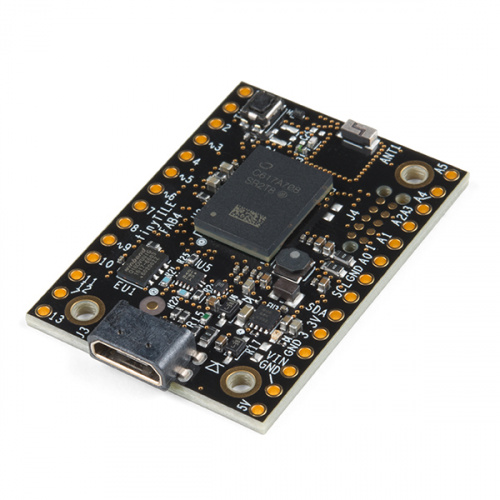
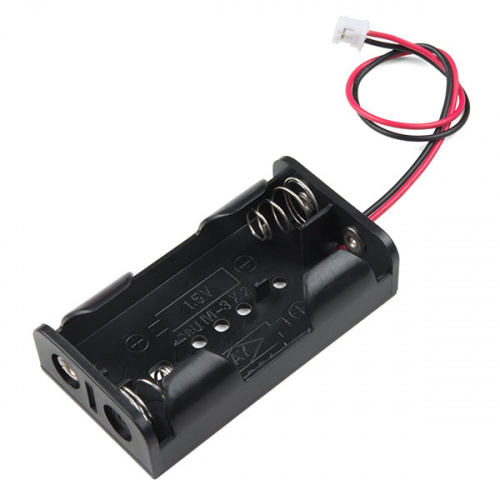
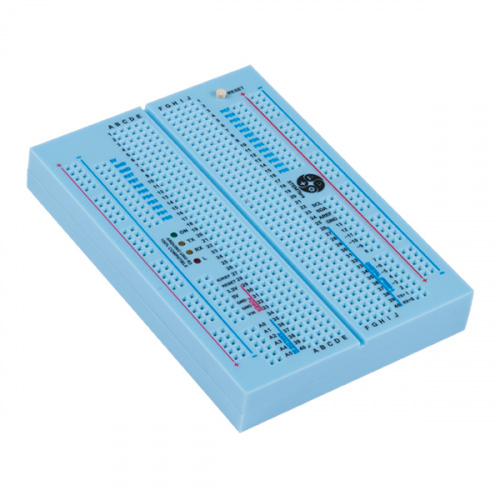
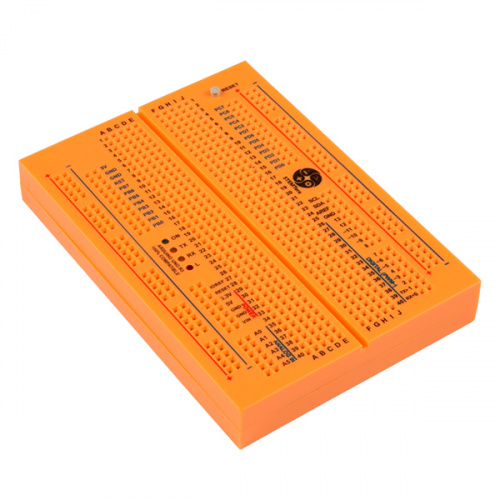
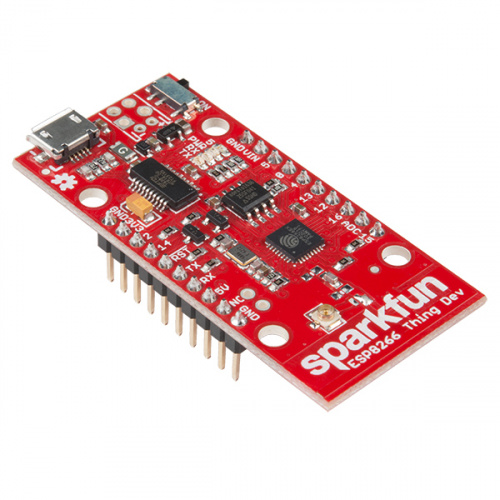

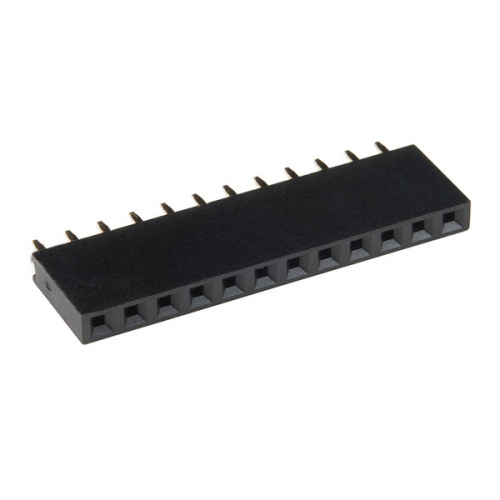
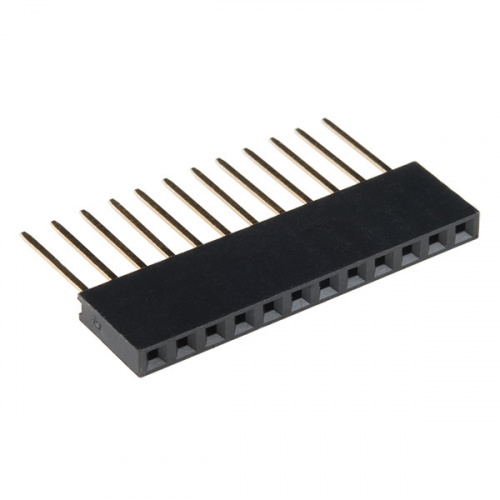







Portal themed STEMTeras? Now that's a triumph!
Thank you! We'll call the blue version ATLAS and the orange P-body. :D
It's so much fun seeing all the new RFID things they keep making. RFID will be a gateway into so many cook things, from medical records implanted under the skin, to what we already have, such as keyless home entry with RFID cards and such. We may end up with all financial transactions being done with RFID implanted into your arm, or hand. Might be a while, but who knows?
Looking at the TinyTILE board, I notice that the USB connector doesn't look like the generic USB-Micro connectors that are very common. (Though, I do note that the shield is actually THT, hopefully adding strength to the connector-to-board physical connection. Yay!) That covering over the shield, is that just a plastic covering, or is it actually an integrated Ferrite choke?
That was one of the first things we noticed too. We are pretty sure that the connector is just custom or unique to this board due to the small amount of real estate on the PCB.